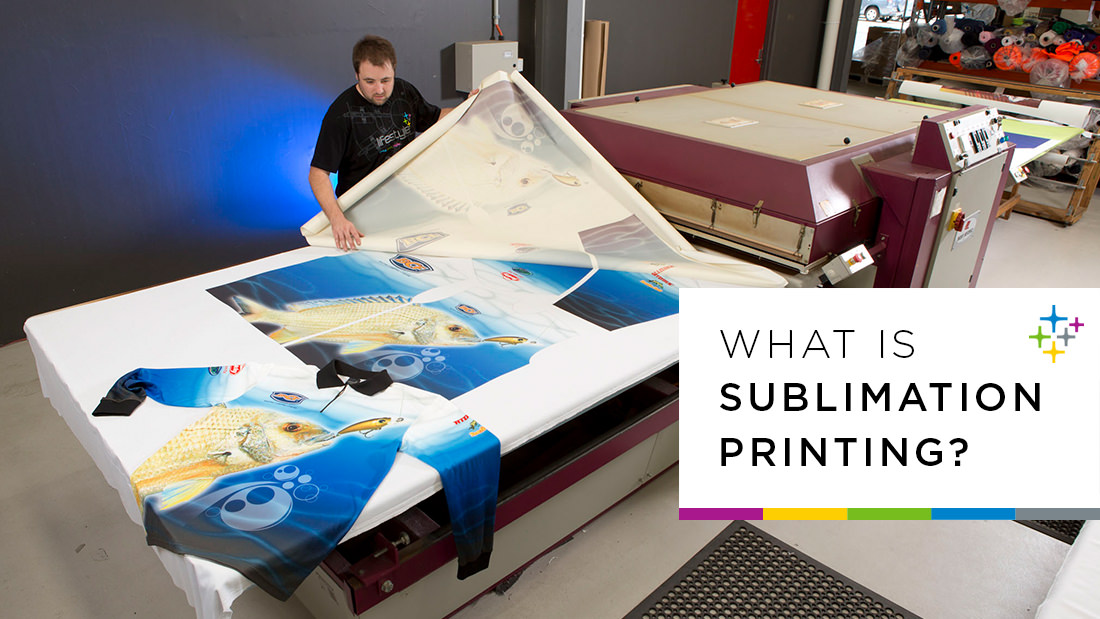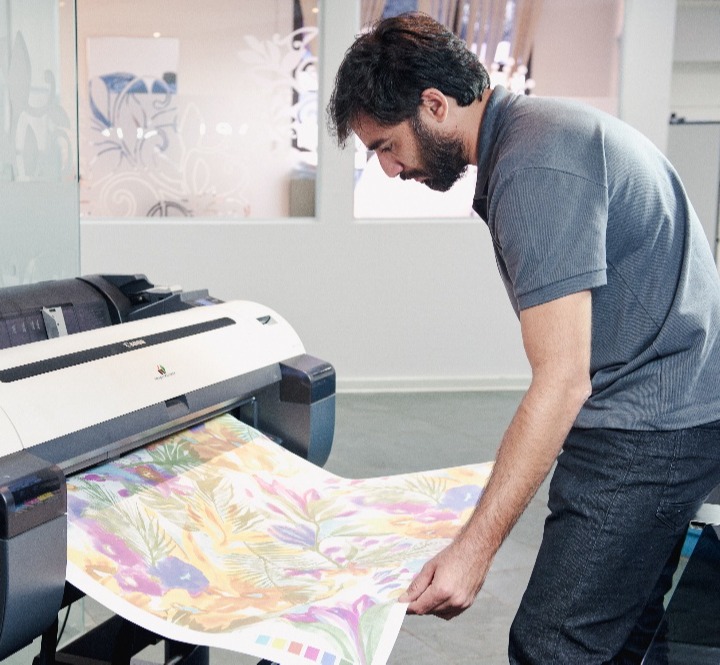Why DTF Printing is the Future of Customized Clothing Production
Wiki Article
From Traditional to Digital: Recognizing the Evolution of Towel Printing
The makeover of cloth printing from typical methods like block printing and stand up to coloring to contemporary methods such as screen and electronic printing marks a substantial change in the fabric market. Conventional methods, soaked in artisanal craftsmanship and cultural significance, have actually gradually paved the way to digital innovations that use unmatched precision, performance, and personalization. This shift not only enhances manufacturing abilities however also lines up with growing demands for sustainable techniques. Yet, just how do these advancements impact the significance of towel printing, and what might the future hold for this ever-evolving craft?Conventional Fabric Printing Techniques
In the very early stages of textile manufacturing, standard fabric printing approaches offered as the cornerstone of textile layout, providing both performance and creative expression. Strategies such as block printing, stand up to dyeing, and stenciling were carefully developed and improved over centuries, each contributing distinct practical applications and aesthetic top qualities to the material industry. Block printing, one of the earliest techniques, involved sculpting intricate layouts right into wooden blocks, which were after that dipped in dye and pushed onto fabric. This labor-intensive procedure enabled for the repetition of thorough patterns, showcasing the artisan's ability and creativity.Stand up to dyeing, consisting of techniques like batik and tie-dye, utilized wax or various other substances to stop color from penetrating specific locations of the textile. This approach produced striking contrasts and complex layouts, typically imbued with social value. Stenciling, one more standard approach, entailed reducing patterns right into a product and applying dye through the openings, providing an easier yet efficient means to produce repetitive designs.
These conventional methods not just formed the fabric sector's very early growth but also laid the groundwork for future advancements. Each method showed the regional and social attributes of its origin, maintaining and sharing artisanal understanding via generations.
The Rise of Screen Printing
Just how did screen printing change the landscape of fabric design? The introduction of screen printing in the early 20th century marked a significant departure from conventional techniques, providing unmatched flexibility and effectiveness. This method involves pressing ink via a fine mesh screen that has actually been stenciled with a layout, enabling for high precision and consistency. Display printing made it possible for developers to produce elaborate patterns and lively colors on fabrics, which were formerly challenging to achieve with block printing or hand-painting techniques.One of the vital advantages of display printing is its capability to duplicate complicated designs widespread with impressive fidelity. This scalability made it greatly preferred in the commercial fabric industry, where mass manufacturing without compromising top quality is paramount. Screen printing suits a wide array of inks and dyes, broadening the palette of appearances and coatings available to designers.
In addition, the process is very versatile, suitable for different material kinds including cotton, silk, and synthetics. This versatility, integrated with its cost-efficiency for huge runs, solidified screen printing's role as a foundation of modern-day fabric production. Thus, the rise of screen printing reinvented the sector, pressing the borders of what was possible in textile design.

The Development of Digital Printing
Building on the exceptional improvements brought by display printing, the fabric industry experienced one more groundbreaking advancement with the development of electronic printing. Arising in the late 20th century, digital printing changed the means layouts are moved onto textiles, using unmatched adaptability and effectiveness. Unlike standard techniques, which commonly needed extensive setup and significant manual treatment, electronic printing employs computer-aided style (CAD) technology to produce detailed patterns straight onto the textile with high accuracy.This advancement has enabled fabric producers to meet the expanding need for personalization and on-demand production. By eliminating the requirement for displays and plates, electronic printing reduces and lowers lead times product waste, making it a much more sustainable option. The capacity to print intricate photos and a wide variety of colors in a solitary pass has opened up brand-new innovative avenues for developers, fostering a rise in artistic expression within the sector.
Moreover, electronic printing supports smaller sized batch manufacturing runs, which is especially advantageous for specific niche markets and startup style brand names. This technological jump has not only boosted operational effectiveness but also democratized access to top quality fabric printing, establishing the stage for future innovations in material layout and production.
Contrasting Techniques: Standard Vs. Digital
While both conventional and electronic printing techniques have their own distinct benefits, they vary substantially in terms of procedure, effectiveness, and ecological influence. Conventional fabric printing, incorporating techniques like block printing and display printing, involves manual work and complex workmanship. These methods are celebrated for their capability to create vivid shades and rich textures, typically leading to unique, artisan-quality products. However, they are labor-intensive, time-consuming, and typically restricted in regards to color variety and style complexity.
In comparison, electronic printing utilizes advanced technology to transfer designs directly onto fabric using inkjet printers. Digital printing is substantially much faster, enabling for fast turn-arounds and just-in-time manufacturing, which lowers the need for large stock storage.
From DTF printing an environmental perspective, digital printing is typically much more lasting. It uses less water and creates marginal waste compared to traditional methods, which usually involve substantial washing and dyeing processes. As a result, electronic printing is significantly preferred in an age where environmental factors to consider are extremely important.
Future Patterns in Towel Printing
One substantial trend is the raised application of digital printing technologies. Digital textile printing is anticipated to control the market, driven by its performance and flexibility to consumer needs for personalized and limited-edition items. screen printing.
Furthermore, the consolidation of smart fabrics, which integrate electronic components right into materials, is readied to change the marketplace. These textiles can offer extra functionalities such as temperature level law, health monitoring, and interactive attributes. As innovation remains to advancement, the junction of digital printing and smart textiles will open brand-new avenues for creative and practical applications in fabric printing.
Verdict
The development of cloth printing from traditional approaches to electronic advancements marks a substantial transformation in the textile industry. While traditional methods highlight artisanal craftsmanship and social heritage, electronic printing uses unrivaled accuracy, performance, and modification. This shift not only enhances manufacturing abilities yet also sustains sustainability efforts. Future trends are likely to proceed integrating advanced modern technologies, even more redefining textile layout and production procedures to meet ecological factors to consider and modern needs (screen printing).The change of towel printing from typical techniques like block printing and resist coloring to contemporary strategies such as display and digital printing marks a considerable shift in the textile market. Display printing made it possible for developers to create complex patterns and lively shades on fabrics, which were previously challenging to attain with block printing or hand-painting approaches.
Structure on the amazing improvements brought by display printing, the fabric market experienced an additional groundbreaking advancement with the arrival of digital printing. heat transfer vinyl printing. Conventional fabric printing, encompassing strategies like block printing and screen printing, involves hand-operated labor and complex craftsmanship. As modern technology proceeds to development, the junction of digital printing and clever textiles will open brand-new avenues for useful and imaginative applications in towel printing
Report this wiki page